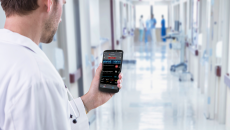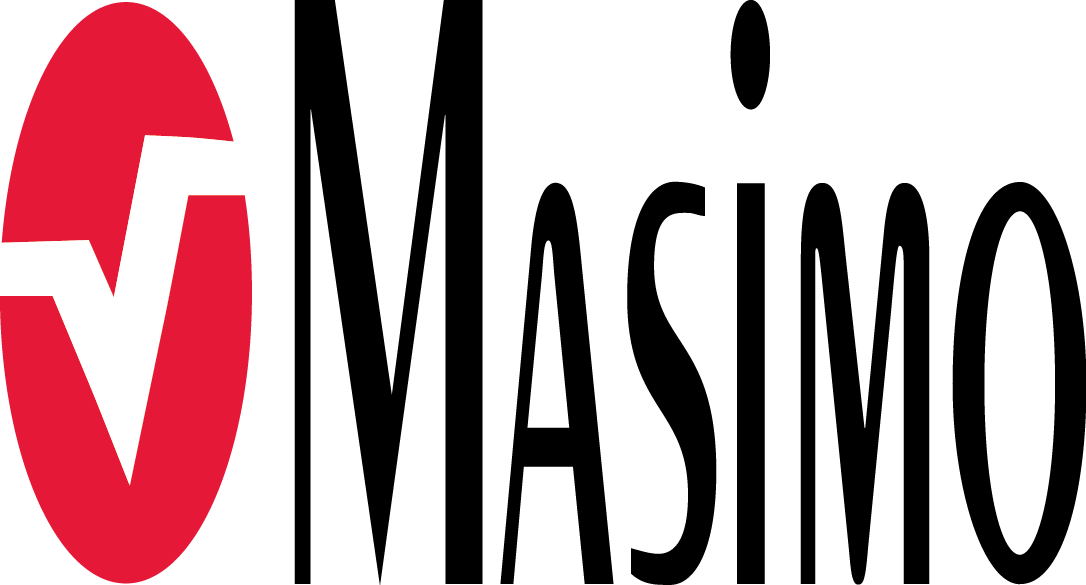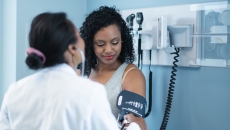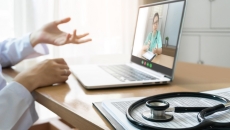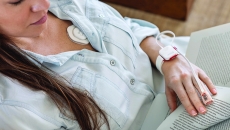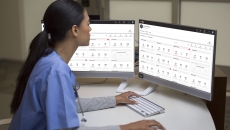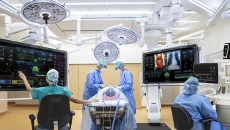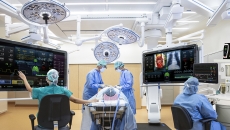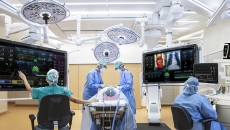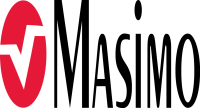
Masimo

SPONSORED
The healthcare community is only now beginning to fully understand the capabilities and opportunities that remote monitoring will unlock for patient care in the next few years, according to Prof Afzal Chaudhry, director of digital, CIO and CCIO at Cambridge University Hospitals Foundation Trust.
SPONSORED
Automated patient monitoring has been central to the digital response of hospitals to the pandemic.
SPONSORED
The delivery of health and care services is undergoing a revolution.
SPONSORED
HIMSS21 Digital
Explore the most pressing challenges of the post-COVID landscape, and discover how Hospital Automation technology is the linchpin of an elevated telehealth platform that both patients and clinicians can depend on.
SPONSORED
HIMSS21 Digital
Lean on experts in both clinical care and biomedical device security to explore the ins and outs of data utility.
SPONSORED
How the pandemic helped shape the future in remote patient management.
SPONSORED
Rick Gannotta, SVP, Chief Healthcare Administrative Officer at Masimo explains how hospital automation helps eliminate care gaps.
SPONSORED
Jennifer Jackson, Director of Interoperability and Strategic Initiatives and Wes Madden, Vice President, Hospital Automation at Masimo discuss the how-tos of hospital automation.
SPONSORED
Devesh Menawat, Director, Hospital Automation provides specific context to this talked-about buzzword.
SPONSORED
Connecting medical devices across the continuum of care is one of the most pressing challenges facing healthcare institutions today. Global medtech firm Masimo provides interoperable solutions to improve patient safety and provide clinicians with accurate data.
